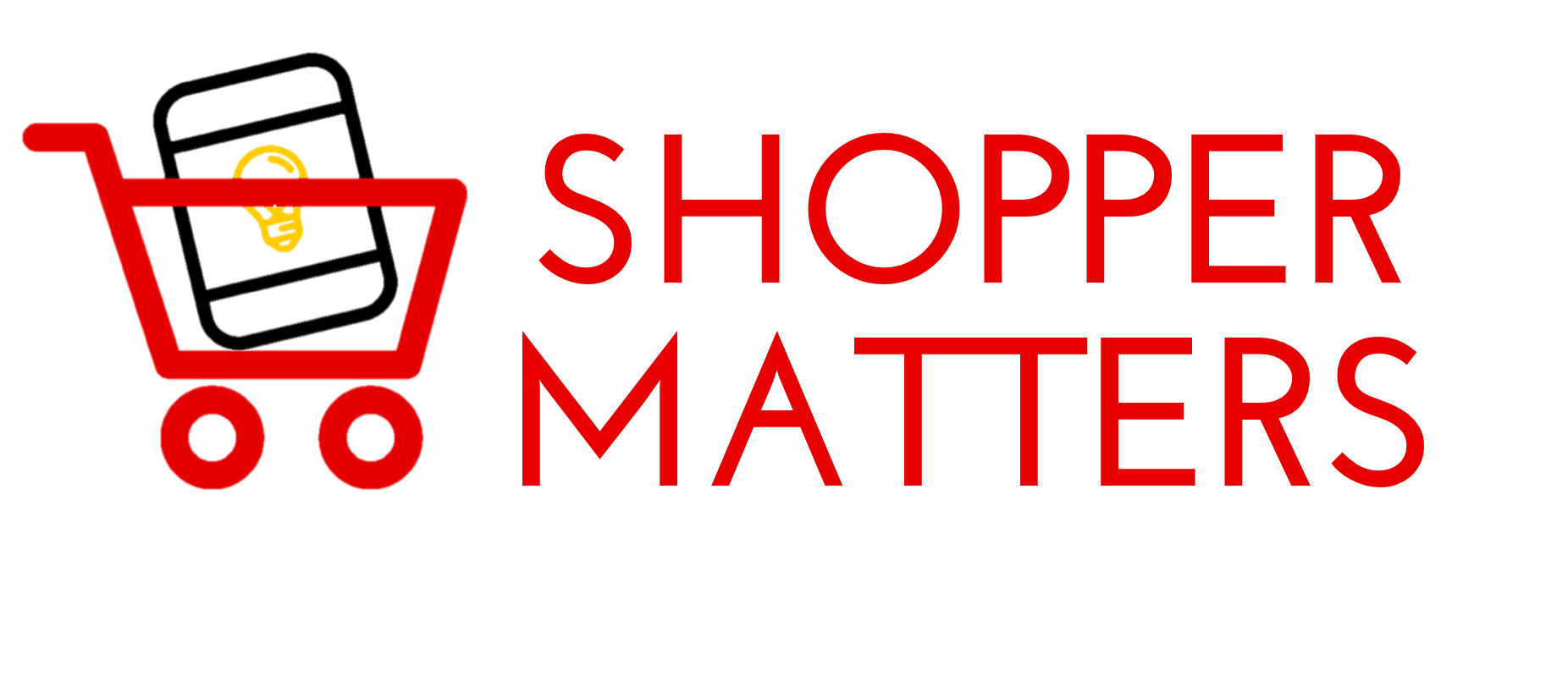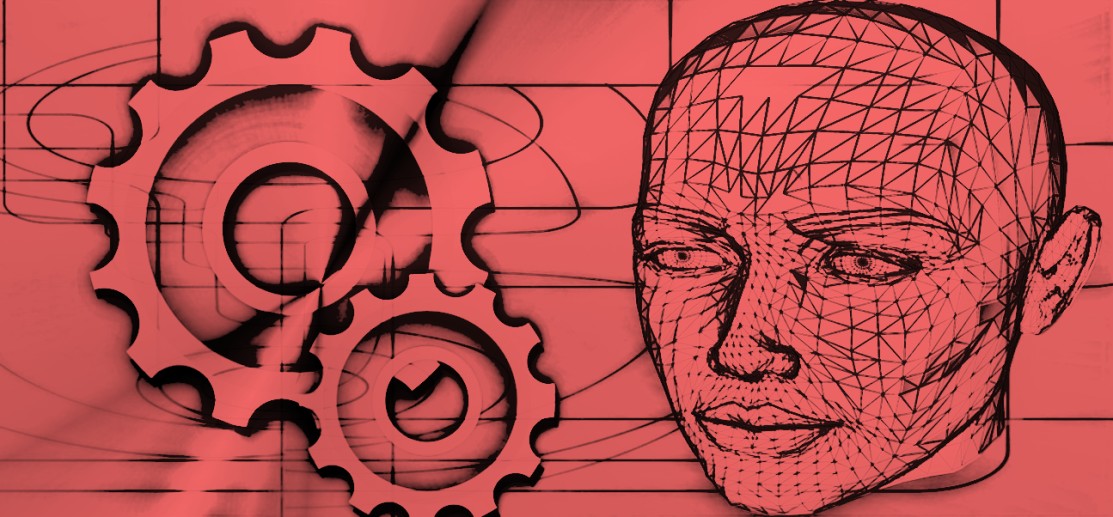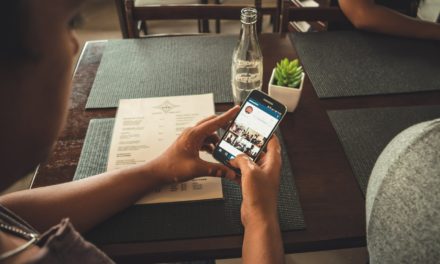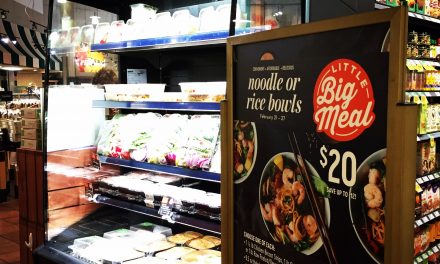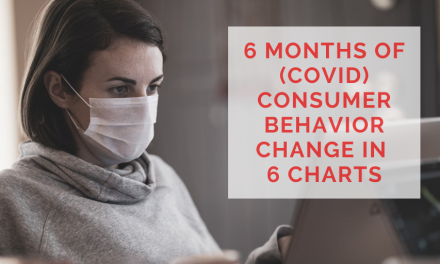An Abbreviated Look at the Market Dynamics of the Second Industrial Revolution
The last industrial revolution lasted 80 years (1760–1840), and it marked one of the major turning points in our collective past. Some economists say this is because the standard of living consistently improved for the first time in history.
This period also saw dramatic shifts in the way we work. In 1800, 80% of Americans toiled on farms; today, less than 2%. Despite this shift today’s farm workers produce massively more per capita in much better conditions.
Today, we are in the midst of another monumental shift: Industrial Revolution 2.0. This is being driven by the confluence of technology, culture, and climate change.
And, importantly, it’s not going to take 80 years this time around.
Why Industrial Revolution 2.0 Matters
Why is this relevant to your business, whether you are a retailer, or a brand manufacturer?
Those hoping to survive with a business as usual approach, simply will not survive.
They will need to adapt to address radically difference consumers, competitors, and environments.
And they’ll need to do it quickly!
When I think about this new world, I wonder: are the American retail and manufacturing industries equipped to compete when the rules and guidelines have drastically changed?
A few of the world’s strongest, and relatively recent brands continually rise to the challenge: Amazon, Google, and Facebook. These organizations are set up to turn on a dime, identify and address shifts in consumer behaviors, and embrace technological advancements to boot.
In fact, Amazon’s corporate culture is built around the idea that “every day is day one.” On day one, everything needs to be new and relevant; not keeping up means certain death.
Succeeding with the iNDUSTRIAL REVOLUTION 2.0
Addressing the Industrial Revolution 2.0—and succeeding—is going to take more than cosmetic adjustments to current business practices. Consider this: experts predict that 25% of fast-moving consumer goods (FMCG) will migrate online within the next five years.
What then happens to center-store real estate?
Look at Amazon’s impact on US retail over the past 6 months. By purchasing Whole Foods, Amazon disrupted the grocery industry—even as the Dow and S&P soared respectively through the first 9 months of the year, most supermarket shares fell by that much or more. Kroger Co. for example fell more than 40% from the start of the year through September. SpartanNash and Supervalu the countries largest publicly traded wholesaler/retailer were down 34% and 35% respectively.
A similar phenomenon occurred when rumors surfaced that Amazon was moving into prescription drugs; Walgreens and CVS stocks were hit hard.
WHAT NOW?
It’s hard to argue that as connectivity increases, the ability to influence decreases. Once your brand is on the list, it’s hard to get it off, which creates a few questions for me:
- What does connectivity say about the future of Tier II and Tier III brands?
- For impulse purchase categories, what’s the impact, and how do you address significantly fewer shopper in store?
- What happens to the plethora of line extensions as store footprints continue to shrink?
There are a few initial ways to compete (and this is by no means an exhaustive list):
- Build a corporate culture that rewards failure, which is after all a critical part of identifying success. Identify a subset of stores as learning labs where radical changes can be tested and understood
- Employ shopper tracking technology to understand the impact of test programming. Understand the impact of shopper activation programming with “Dwell Point Conversion Metrics”
- Identify a partner network that can add value. Don’t evaluate resources based on price; instead, evaluate them based on what they can bring to your business today and tomorrow
We can embrace or shun change. Although, rest assured, change is going to happen either way.
We can bury our heads in the sand and hope this’ll blow over. We can stay the course because that’s the way it’s always been. It’s worked for us in the past, so it’ll work for us today.
But, this time it won’t.
